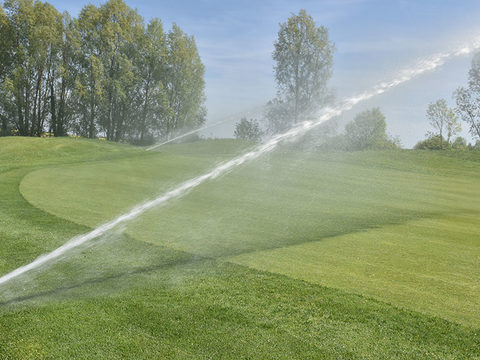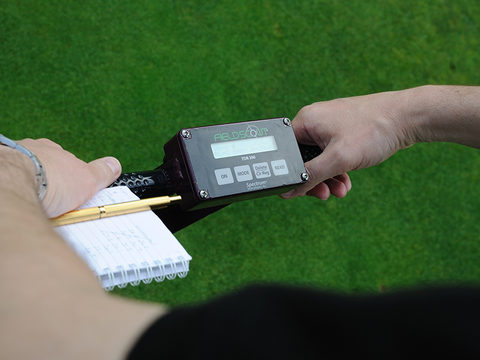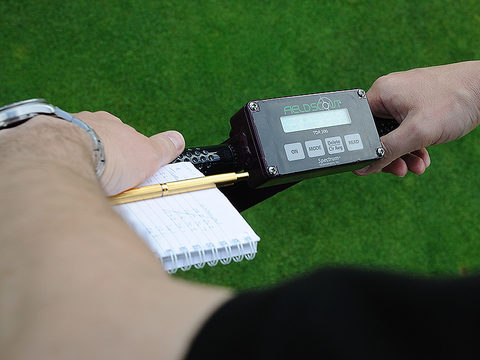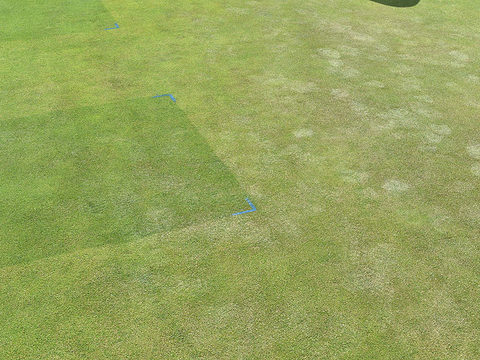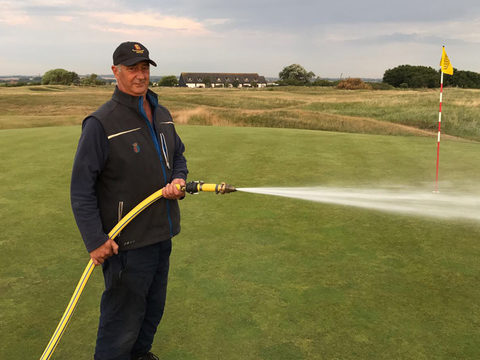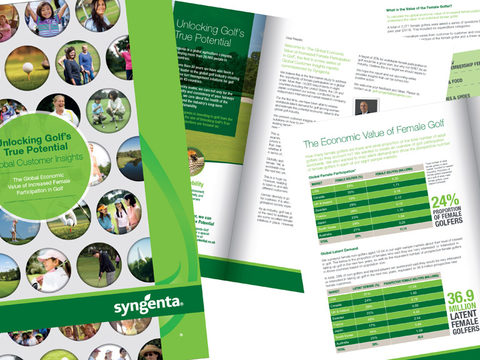Getting the most from your water resources
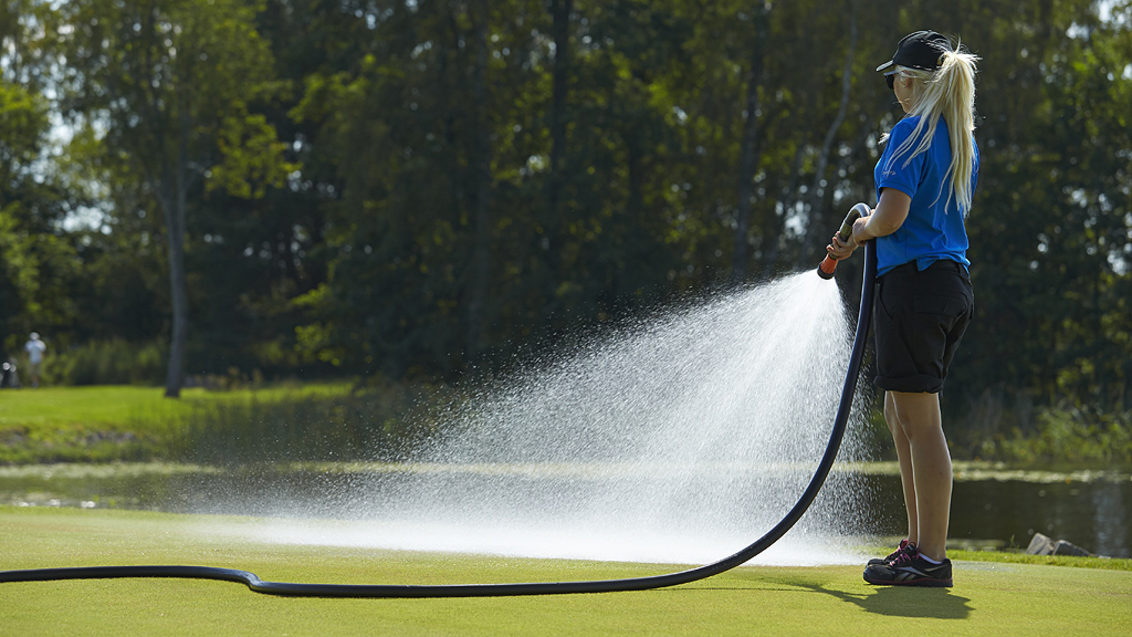
As summer approaches it’s time to think about a drying down strategy to effectively balance moisture and plant health. Syngenta Technical Manager, Glenn Kirby reviews the latest science to provide practical solutions for water resource management this season.
Maintaining good coverage and low amounts of stress on greens is essential to produce good surfaces. Increasingly, player demand is to maintain grass cover across the whole course, throughout the season.
And, as the experiences of last year showed, if the summer goes on too long and numbers of turf plants don’t survive, the time, cost and customer dissatisfaction for restorative recovery can prove prohibitive.

|
Greenkeeper International InSight feature |
Water resource - be that natural or irrigated - is now a key challenge for most courses to eke out their allocation, at a time when availability for most is being reduced, by licence restrictions or the cost of metered water. Furthermore, if the forecasts and trend to prolonged hotter, drier, summers continues, making better use of the asset is going to be even more of a focus for the turf industry.
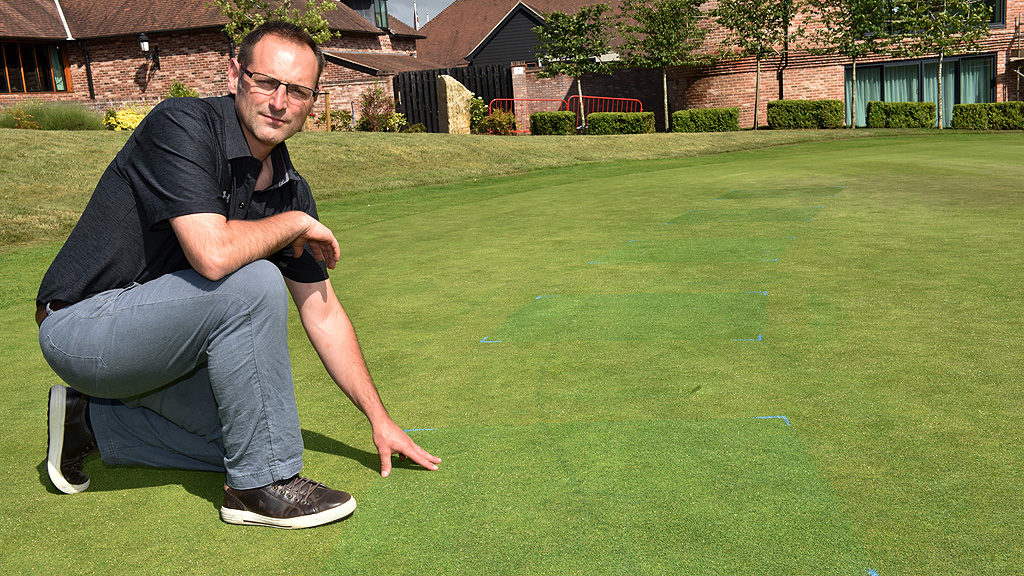
Syngenta research and development of the novel wetting agent, Qualibra, has highlighted a three pronged integrated approach for water management:
- Managing the plant to better utilise water resource
- Optimising the application and timing of water
- Managing the root zone environment to retain optimum soil moisture
Research has debunked the myth that plants ‘seek out’ deeper water resources.
Turf grass will grow more roots where moisture and soil conditions are available, and when plants are photosynthetically active to generate carbohydrates for storage.
If the moisture needed sits near the surface, the plants’ roots will not go searching deeper for more. Equally roots will not burrow through dry soils to search moisture out; they will grow deeper if the lower ranges of the rootzone hold more moisture than the high ranges do.
As the summer heat takes its toll, in dry and unsuitable conditions, some turf can see its root mass seriously depleted – and with it the ability to utilise soil moisture deeper in the profile. Trials have typically shown a 20 to 40% reduction in root mass under drought stress, but can be as much as 60%.
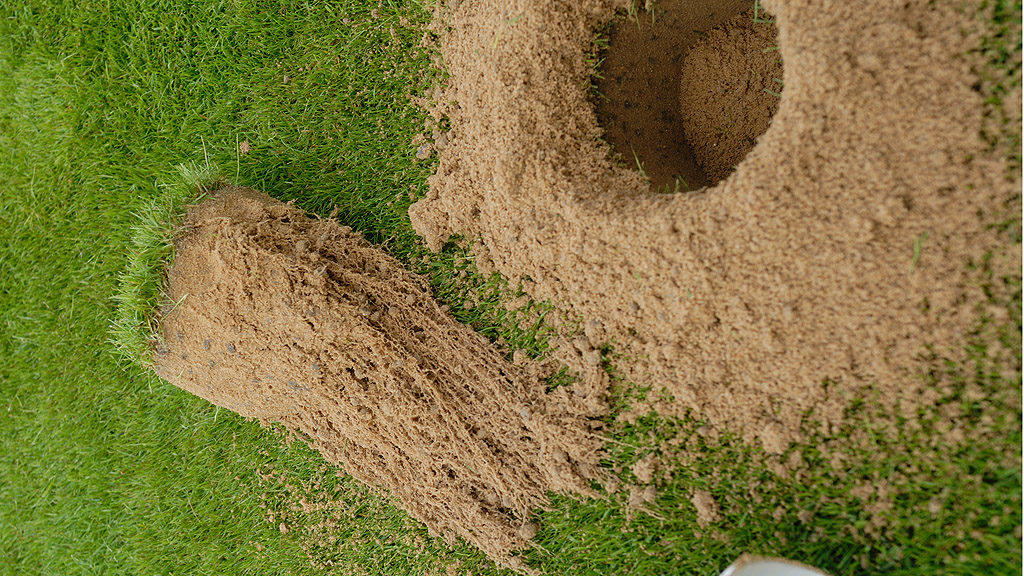
All measures to improve rooting - through renovation; soil amelioration; nutrition; Primo Maxx II and turf health - will help to enhance water efficiency.
Where there is also better soil moisture retention deeper in the soil profile, turf plants can better maintain root growth in that zone. That makes them better at taking up the water, along with any nutrients to further help to enhance turf health and growth.
There is some evidence, reported in the US, that plants can be induced to generate more roots when they are slightly drought stressed, which initially triggers them to respire less and divert energy to the roots. But when temperatures rise, typically above 28°C for cool season grasses, respiration is far faster than the plant’s ability to photosynthsise, producing little or no energy for roots - leading to their decline.
The aim is to balance the soil’s water holding capacity, along with sufficient oxygen for healthy growth. However, that can be compromised by hydrophobic soil particles, which have lost the ability to hold onto water by surface tension around the particle. That can happen on a microscopic level, with individual particles, or on a greater scale up to widespread hydrophobic dry patch.
The design of Qualibra has been able to enhance root zone moisture, by combining short-chain penetrant surfactants to move water down, with co-block polymers that increases the ability of soil particles to hold onto moisture deeper in the profile.
That’s an important element, since it ensures soil gets to its optimum natural water holding capacity, without over wetting that would limit the air pockets for oxygen content. The research results show it creates improved conditions for root growth and water utilisation, but does not hold excess moisture that could affect playability.
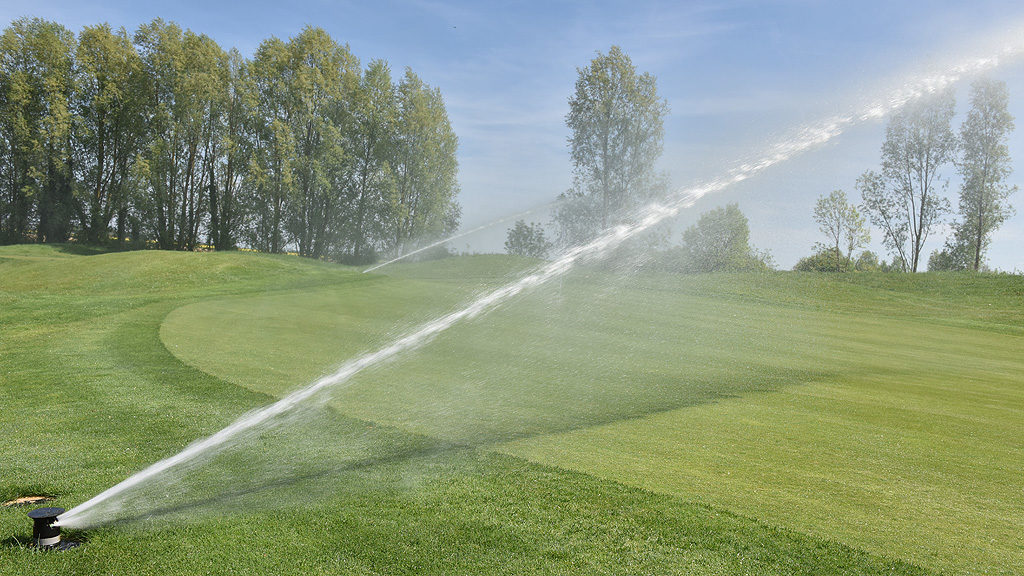
Additionally, it enables the way that water is applied with irrigation to be more efficient. Irrigation little and often, which just keeps the surface and top layer moist, could encourage shallow roots in that zone, with less of the beneficial deeper rooting retained. Water near the surface is also more prone to evapotranspiration in the heat and, but its nature, leads to more changeable playing surface characteristics throughout the day.
Where soil moisture can be better retained deeper in the profile, irrigating less often, but applying more water at each application, could encourage deeper root retention and enable better utilisation of moisture and nutrients, along with consistent surface playability, providing the water has the means to infiltrate the surface quickly.

This is also important with changing climatic conditions, where sudden intense summer downpours requires the capability to drain away from the surface quickly, but where plants can then make better use of any natural rainfall more effectively.
Trials at De Vere Carden Park Golf Club in Cheshire, as part of the Syngenta Turf Science Live event, demonstrated that, following heavy rain, Qualibra treatment reduced moisture at the surface depth of 3.8 cm. However, at the same time, soil moisture was shown to be retained at the 7.6cm and 12 cm probe depth. Furthermore, the standard deviation between measurements was just 1.8 with the Qualibra treatment, compared to 3.7 without – indicating the distribution was more uniform within the soil profile. Continued monitoring highlighted the speed at which sand construction greens can dry out, dipping to as low as 15% within two hours without treatment – highlighting the need for understanding water movement and more efficient utilisation for plant health. |
Read more from the Greenkeeper International InSight research review into water management:




